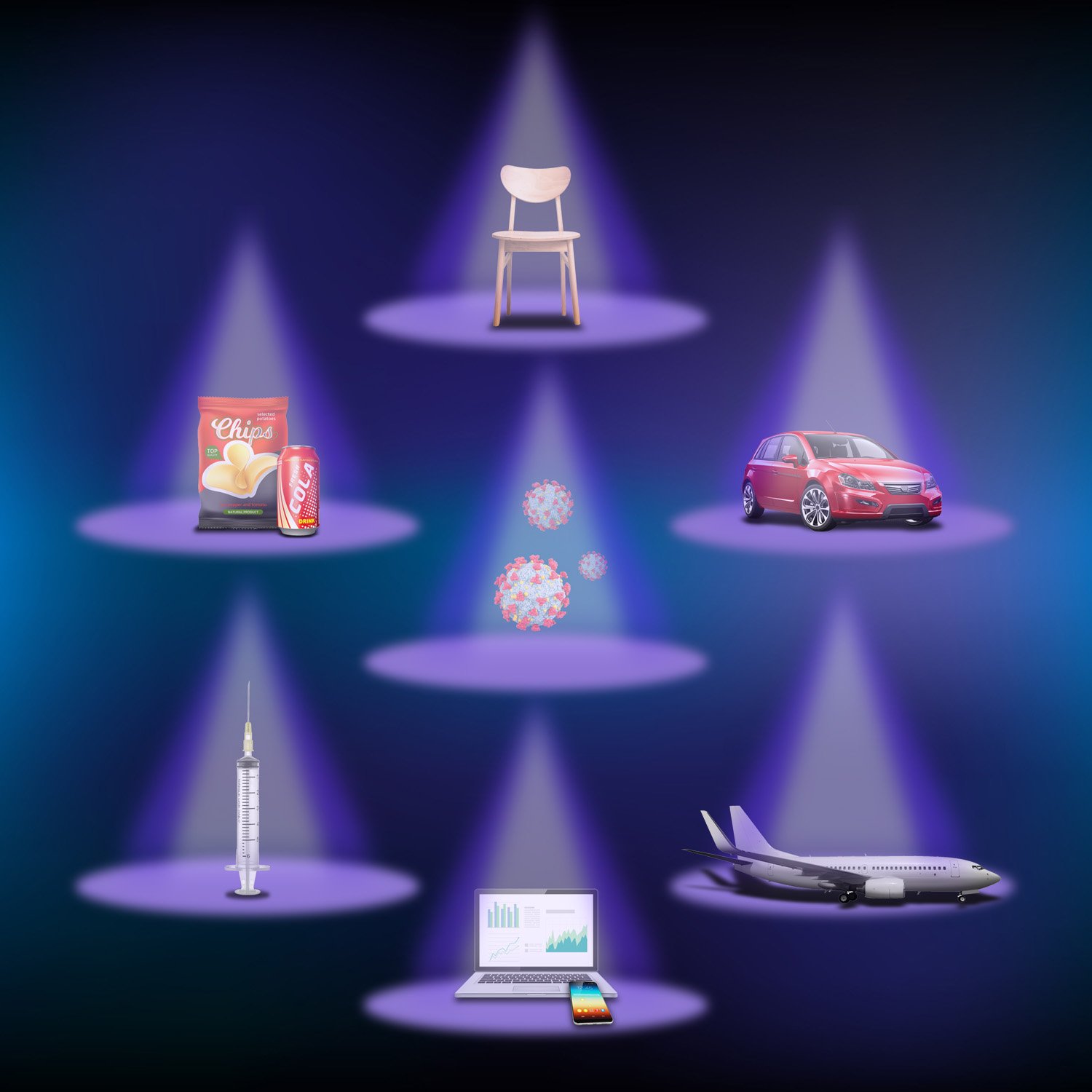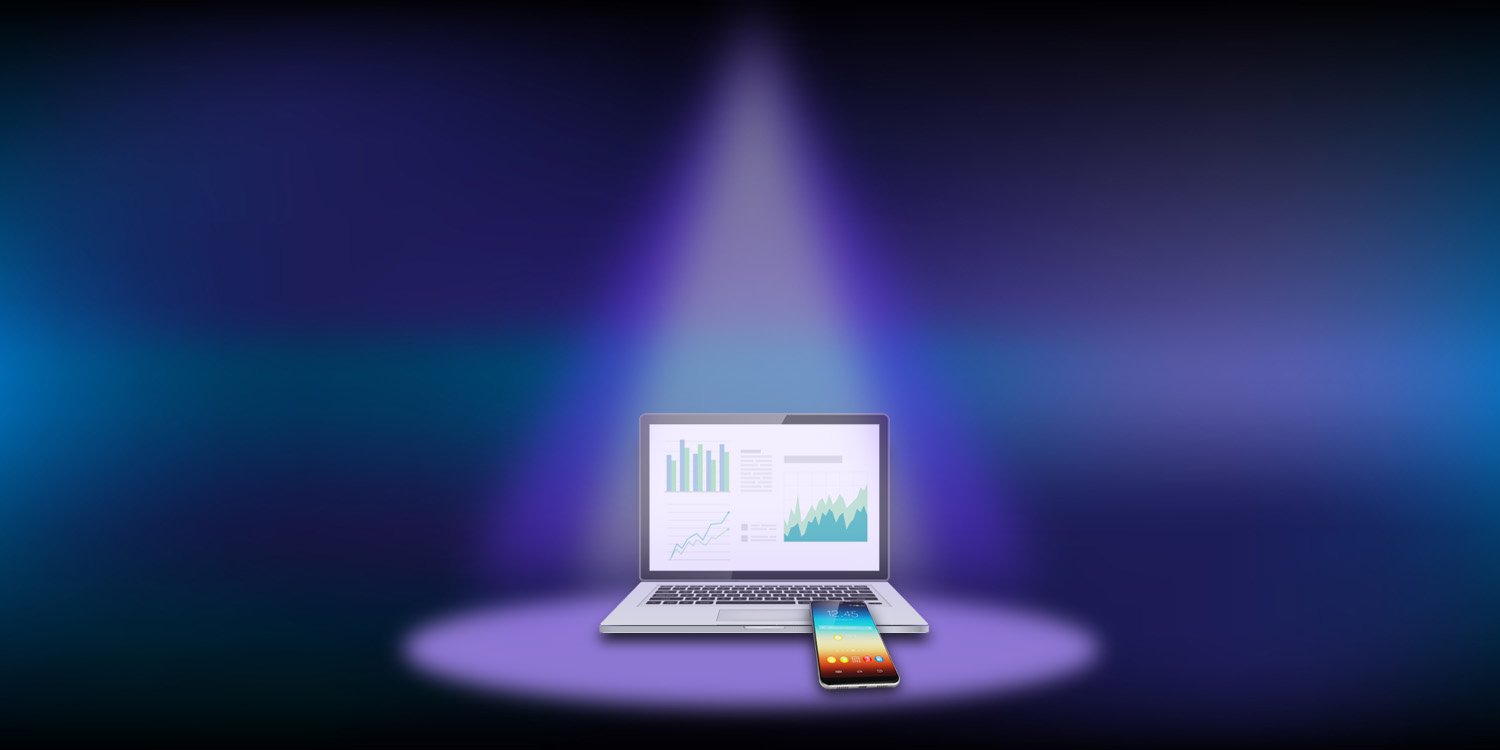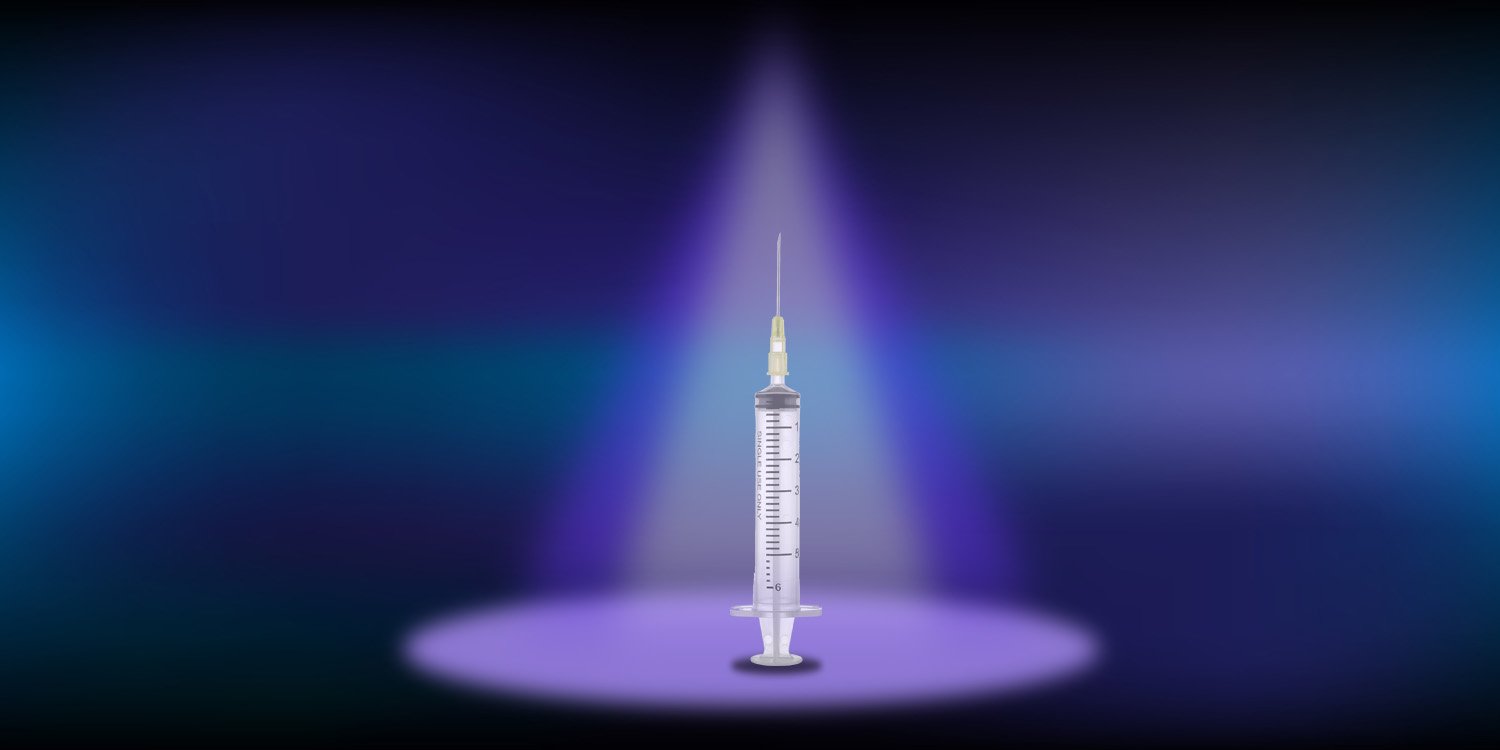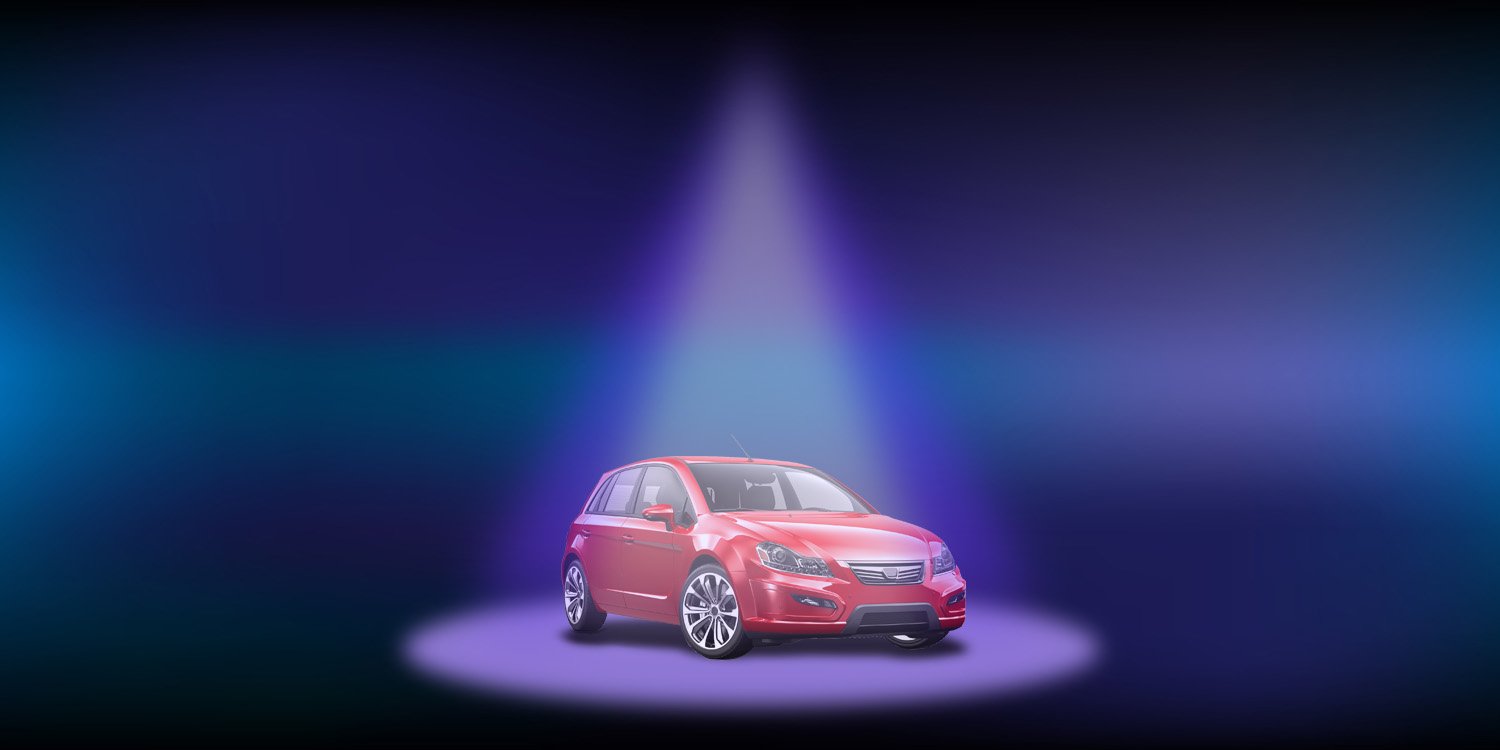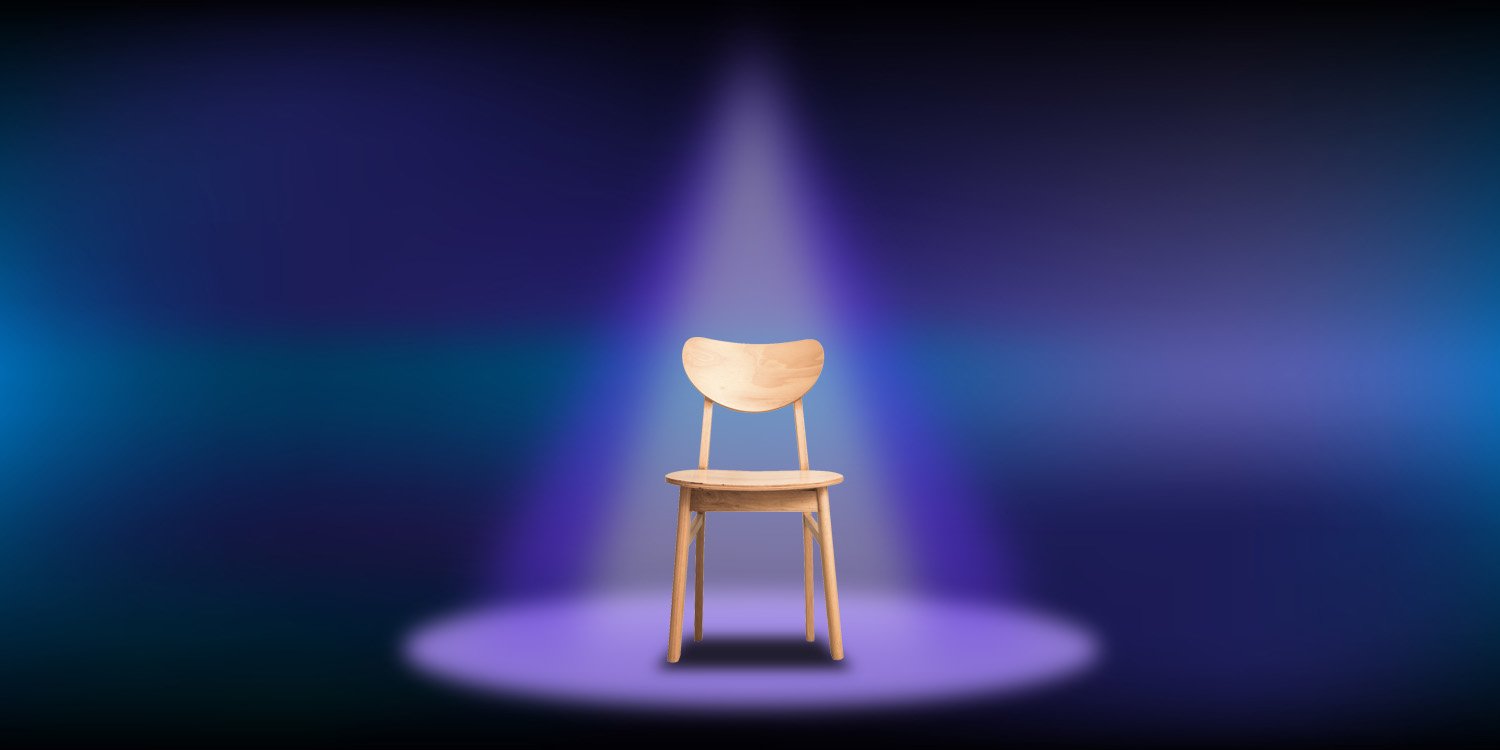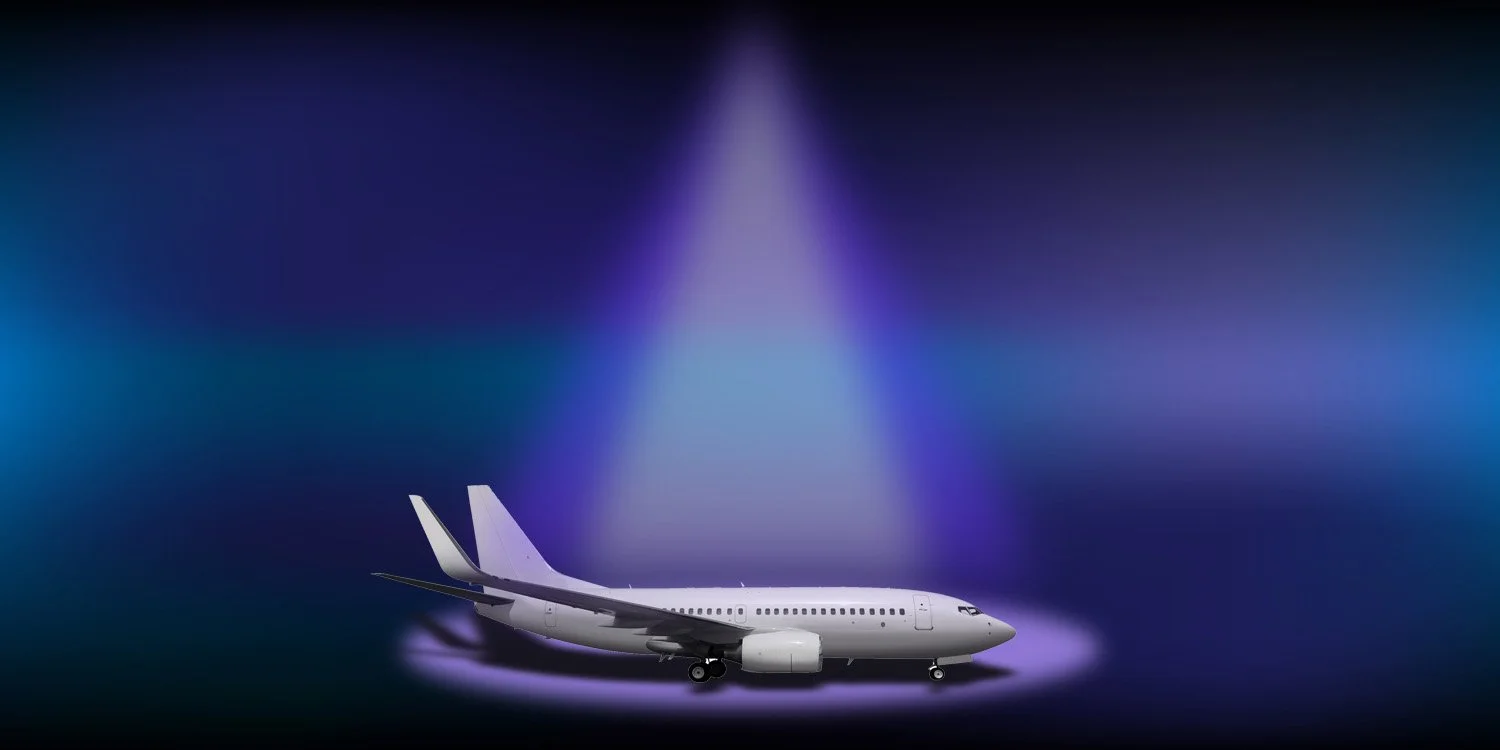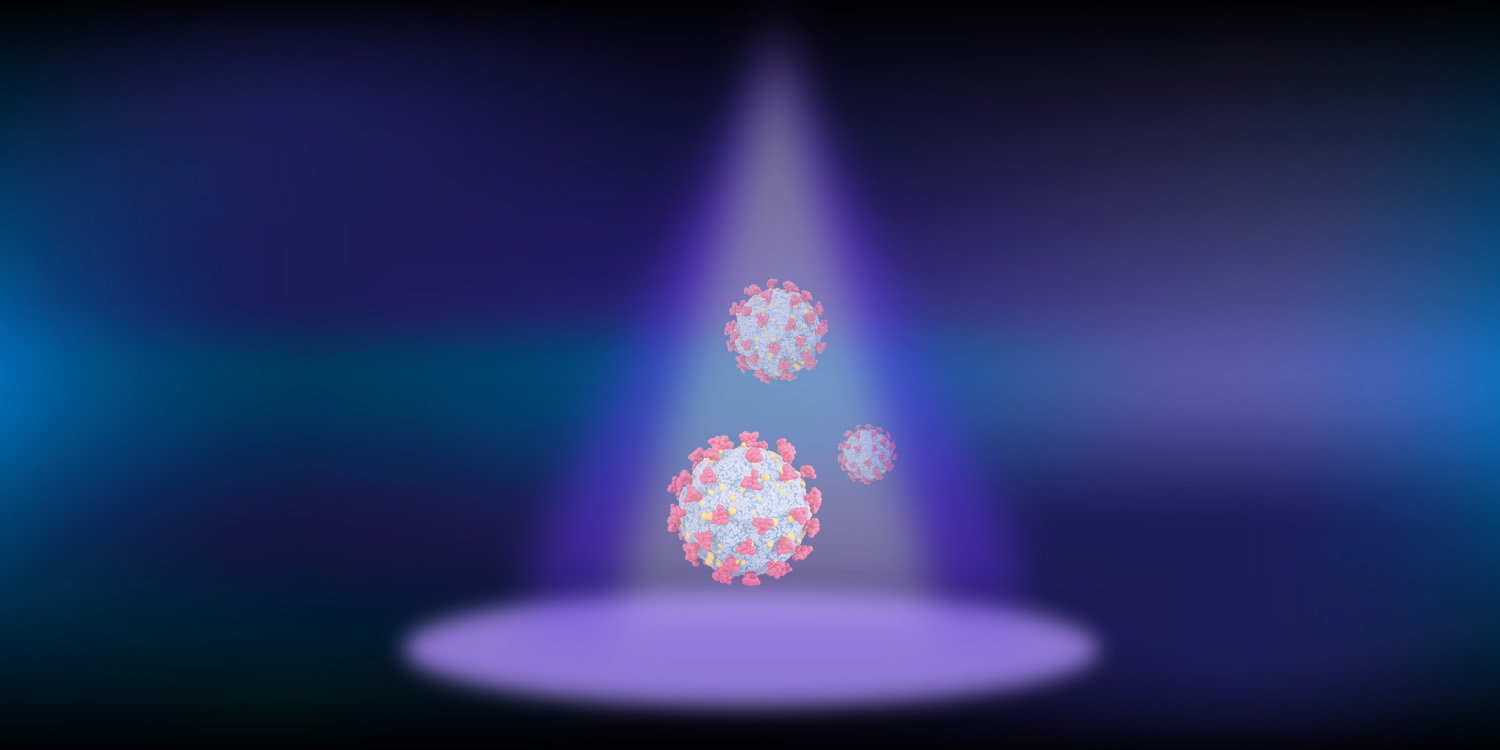LED UV light has moved into the mainstream in industrial manufacturing as the preferred process to instantaneously cure UV-light-reactive adhesives, coatings and finishes for superior bonding, sealing, coating and finishing on substrates of all kinds.
Its application is widespread in the automotive, medical device, electronics and consumer goods industries to name a few, in products of all kinds, ensuring perfect curing, even at top production speeds, as they roll off the assembly line.
Table of Contents:
A big advantage to using LED UV versus conventional UV is the elimination of IR heat output during the curing process. This expands its application to a wide range of heat-sensitive materials in the industrial space, such as the seal on the top of a syringe and an LED screen. Additionally, the energy can be directed precisely where it is needed, without damaging other sensitive components.
LED UV’s ability to cure within seconds speeds production while ensuring optimal adhesion and bonding and a more uniform and durable finish that stands up to the rigors of the most demanding industrial environments.
A key advantage to LED UV curing is instant start-up and shut down, significantly reducing unscheduled downtime for manufacturers. LED UV emits a consistent and adjustable wavelength, ensuring a predictable and controllable cure.
Another benefit is that LED UV systems offer the smallest form factor for easy integration into existing marking, decorating and coating machines. They eliminate the need for bulky cooling systems that are required with traditional UV to maintain bulb temperature. LED UV is also the most energy-efficient curing process and provides considerably longer bulb life than conventional systems.
Beyond curing applications, a growing use for LED UV treatment is to provide a safe, efficient way to disinfect water on a large scale without the need to use harmful chemicals.
The UV-C spectrum has become especially relevant and in demand to combat the spread of the COVID epidemic. It’s used to sterilize air especially in public spaces like hospitals, schools, airports and anywhere else people congregate on a large scale with limited ventilation and to disinfect surfaces.
Applications:
Electronic & Screens
Manufacturers of electronic products benefit from using LED UV light to bond, coat, encapsulate and ruggedize components. LED UV light cures many of the chemistries applied in electronics applications, from plastics to glass to metal, used in wires, boards, cameras and screens.
LED UV is particularly optimal when applied in the electronics industry. The process operates at a speed to meet high production demands, without compromising the integrity of thermally sensitive parts. LED UV is used to weatherize and seal electronics, as well as provide impact and scratch resistance for digital screens. The process can also improve the visual appearance of electronics by adjusting color and reflectivity.
Medical Manufacturing
Manufacturers of single-use medical products utilize LED UV light to bond components in catheters, cannulas, endoscopes and syringes in seconds. LED UV curing provides medical-grade adhesion at a fraction of the time and energy consumption of traditional curing methods.
Medical device manufacturers especially benefit from the reliability and consistency of LED UV curing. The speed and consistency the process provides allows manufacturers to complete immediate, on-the-line quality inspection in a controlled, predictable window.
Automotive & EV Batteries
Automobile, OEM parts and EV battery manufacturers benefit from using LED UV light to cure coatings and adhesives in seconds. UV light cures a variety of chemistries and materials, from paints to films and from plastics to glass to metal. With the correct adhesives, UV curing provides strong bonds that resist vibration and thermal expansion and contraction. UV curing is utilized to bond irregular and heat-sensitive parts that cannot be welded.
The auto industry is rapidly transitioning to “lightweight” manufacturing, substituting lighter metal alloys, composites, and plastics for heavier steel and iron. These materials are often heat-sensitive and cannot be bonded through welding or traditional UV. LED UV can provide reliable bonds at a fraction of the heat output of traditional manufacturing methods.
In addition, as the auto industry is pressured to meet global environmental standards, LED UV can dramatically reduce energy expenditure and waste generation in the manufacturing process. For instance, manufacturers producing lithium-ion batteries for electric vehicles are tasked with dealing with hazardous waste in the form of volatile organic compounds (VOCs). Oftentimes, any uncured materials that are scrapped are classified as hazardous waste. LED UV removes the need for purging or mixing in the curing process, significantly reducing uncured hazardous waste.
Wood Furniture & Building Products
Manufacturers of specialty wood, furniture and building products benefit from using conventional and LED UV light to cure adhesives and coatings. LED UV can be applied to edge coating and roller coating, ensuring a complete cure on wood and composite furniture.
Resinous, heat-sensitive woods, such as pine and spruce, are seamlessly coated with LED UV, ensuring the wood doesn’t bleed, warp, dry or become discolored. The low-heat output of LED allows for inconsistencies in wood, as well as widens the range of wood qualities that can be effectively coated and cured. The use of LED UV on heat-sensitive substrates also results in less product waste.
Aircraft & Aerospace
Aircraft manufacturers benefit from using conventional and LED UV light to bond components, cure coatings and encapsulate circuits in seconds. UV-curable adhesives adhere to plastics, metals and glass, and they cure without mixing and are free from isocyanates and heavy metals. LED UV is also used to apply clear and pigmented coats to complex logos and artwork on aircrafts.
UV curing has been utilized by the United States military to ensure aircrafts are “dry to fly” in the lowest amount of time while also meeting military specifications. As LED UV continues to improve, the technology can be a valuable asset to ensure military aircrafts are safe and ready when needed.
Food and Beverage
For food and beverage product manufacturers, UV light adds value to a variety of functions: printing and converting labels, applying coatings that strengthen packaging, and killing germs to make packaging food safe. UV light cures a range of materials, from inks to films on products ranging from plastics to glass and metal.
LED UV is also used as an effective alternative to thermal food and beverage processing.
Venue Safety & Germicide
One of the most useful applications of LED UV for germicide is wavelength selection. UV-C LEDs can be adjusted to a specific wavelength to target specific microorganisms and germs while leaving others unharmed.
UV-C is used to purify security and luggage trays at checkpoints in airports or sports arenas; sanitize municipal water systems; circulate air that is safe to breathe by removing airborne molds, spores and bacteria; and preventing algae from clogging industrial water or coolant. Minimal heat output allows LED UV to be used in water purification without affecting the water temperature.
LED UV’s applications in industrial settings are already significantly improving speed, cost, efficiency, energy consumption, and accuracy for manufacturers. Perhaps, the most exciting applications of LED UV are still yet to come.
Have a question? See some of our FAQs here. Contact us today or live chat 24-7.


